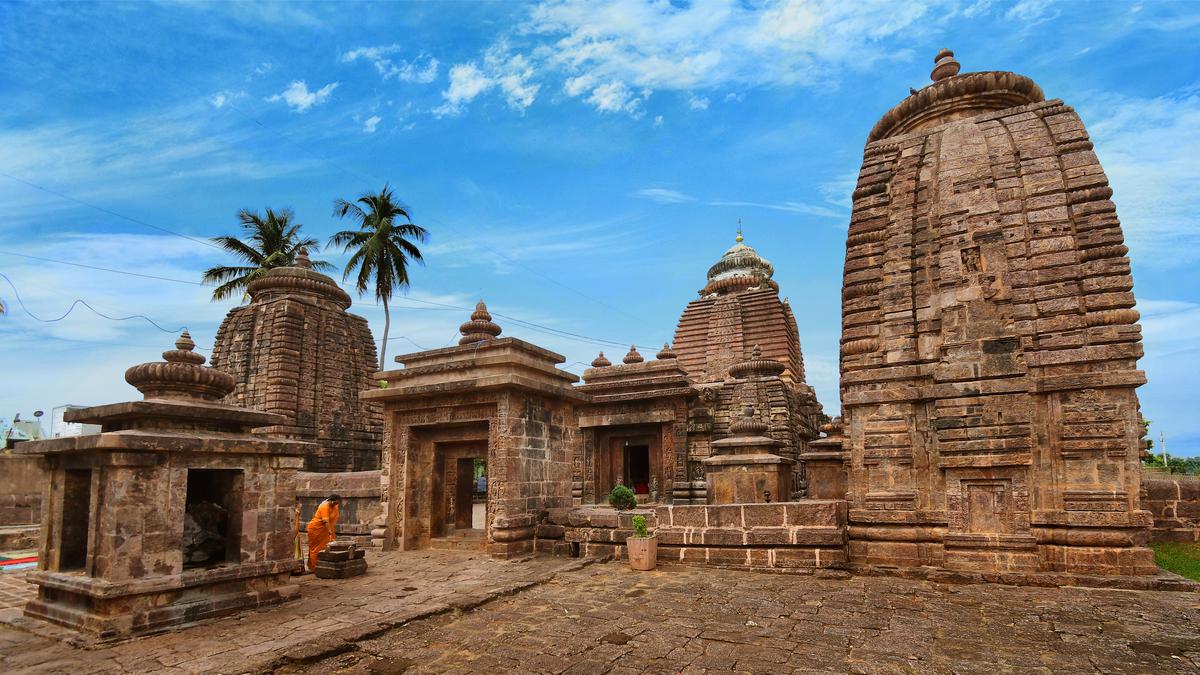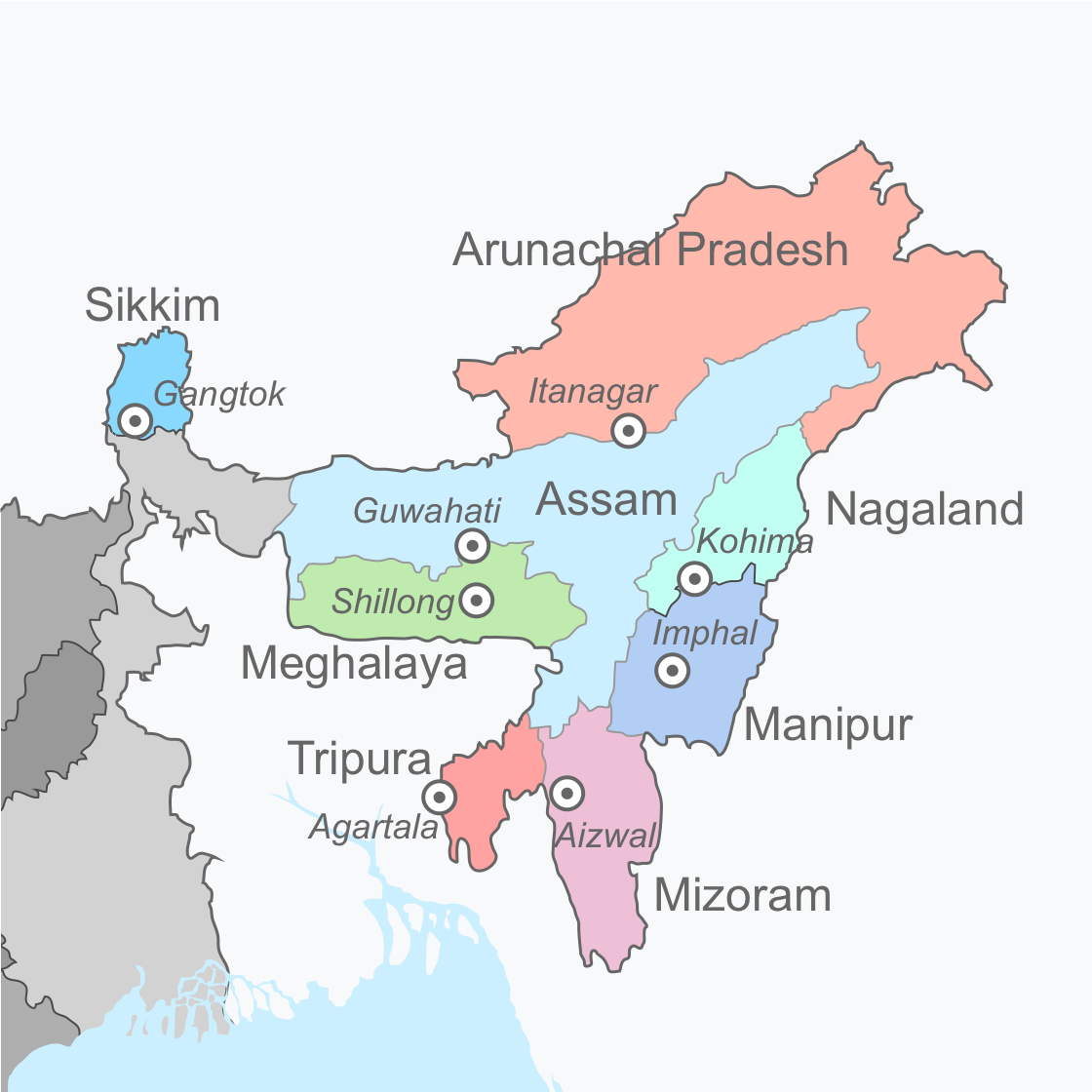There are no items in your cart
Add More
Add More
| Item Details | Price | ||
|---|---|---|---|
1. Health tax on food
2. How was North-East India 'discovered'?
3. Census will be delayed
4. Fiscal federalism
5. Guyana-Venezuela conflict6. Srimukhalingam Temple7. Green Deposit
GS Paper 3: Food Processing
Context:
A health tax between 20% to 30% in addition to GST can be considered to be imposed on sugar, sugar-sweetened beverages (SSBs) like colas and juices as well as foods high in sugar, salt and fat (HFSS).
OVERVIEW:
GS Paper 2: Issues related to state
Context:
This term ‘Northeast’ was officially recognised On December 30, 1971, when two laws — the North-Eastern Areas (Reorganisation) Act and the North-Eastern Council Act — were enacted by Parliament.
GS Paper 1; 2: Population and Associated Issues; Government Policies & Interventions.
Context:
The decennial Census exercise, initially scheduled to begin in 2020, will now be postponed till at least October 2024.
GS Paper 2: Government Policies and Interventions; Relations Between Centre and State.
Context:
The recent spat between the central and Tamil Nadu governments over flood relief after two spells of heavy rainfall in the State has sparked a debate on the criteria for awarding central grants to states.
Context:
A British warship arrived in Guyana on Friday afternoon amid rising tensions from a border dispute between the former British colony and Venezuela.
About Guyana-Venezuela Conflict:
Background:-
The territorial dispute between Guyana and Venezuela originated during the colonial era with conflicting claims by British and Spanish powers in South America.
In the 1840s, the British government unilaterally surveyed the border, leading to a proposed line that encroached upon Venezuelan territorial claims.
An arbitration process in 1899 and subsequent bilateral agreements in 1905 attempted to resolve the boundary issue, yet it remains a point of contention.
The current de facto boundary, accepted by Guyana, follows the British line.
However, Venezuela maintains a historical claim to all territory administered by Guyana west of the Essequibo River.
Venezuela contends that the 1899 Arbitral Award determining the frontier between British Guiana and Venezuela is null and void.
Disputed Area:
The bone of contention centers around the densely forested Essequibo region of Guyana, which Venezuela lays claim to as its territory.
Venezuela's claim along the Essequibo River spans 1,034 kilometers before reaching Brazilian territory.
Approximately 142,795 square kilometers currently administered by Guyana are at stake in this dispute.
Offshore, the contested land territory encompasses a maritime area recently found to be rich in hydrocarbon resources, intensifying the significance of the boundary conflict.
Current Status:
Guyana brought the dispute to the International Court of Justice in 2018.
Despite Venezuela's withdrawal from the case, ongoing proceedings are underway.
Context:
Archaeological Survey of India assured to send a note to UNESCO regarding the inclusion of the Srimukhalingam temple in Andhra Pradesh in the world heritage structures list.
About Srimukhalingam temple:
This temple stands within Andhra Pradesh, showcasing the Kalinga architectural style.
Situated along the banks of the Vamsadhara River, it venerates Lord Srimukha Lingeswara, an incarnation of Shiva.
Notably, the Shivalinga bears a facial representation of Lord Shiva.
Erected in the 9th century CE by Eastern Ganga Dynasty rulers, the temple boasts exquisite sculptures from that era.
Legend holds that a visit here and a dip in the river can release one from the cycle of rebirth.
This site hosts three ancient temples, namely Madhukeshwara, Someswara, and Bheemeswara, showcasing the impressive architectural prowess of the Kalinga Kings.
Kamarnava II, hailing from the Eastern Ganga lineage, is credited with its construction.
UNESCO World Heritage Sites:
A World Heritage Site (WHS) holds legal protection under the UNESCO World Heritage Convention established in 1972 and administered by UNESCO.
UNESCO designates WHS based on cultural, historical, scientific, or other significant values, categorized into cultural, natural, or mixed (meeting both criteria).
These sites worldwide are deemed exceptional and carry immense value for humanity, each being a unique and historically identifiable landmark with profound cultural or physical significance.
Examples of WHS encompass a wide range, from ancient ruins, historical structures, and cities to deserts, forests, islands, lakes, monuments, mountains, and wilderness areas.
UNESCO marks these sites as protected zones, maintaining a list overseen by the World Heritage Committee as part of the International World Heritage Program.
Context:
The Reserve Bank of India (RBI) said it is not mandatory for banks and NBFCs to raise green funds, but in case they intend to do so they must follow the prescribed framework.
About Green Deposits:
Green Deposits refer to interest-bearing deposits offered by banks and NBFCs for a predetermined period.
These deposits aim to support sustainable investments in environmentally beneficial sectors.
Exclusions from these deposits involve projects linked to new or existing extraction, production, and distribution of fossil fuels; Nuclear power generation; Direct waste incineration; Landfill projects; Hydropower plants exceeding 25 MW, and similar activities.
Monitoring of funds from green deposits involves annual independent third-party verification to ensure compliance with sustainability criteria.
Eligibility:-
Eligibility extends to all scheduled commercial banks, including small finance banks, and all deposit-taking NBFCs registered with the RBI, encompassing HFCs.
Denomination is restricted to Indian Rupees.
Sectors eligible for investment through these deposits include Renewable Energy, Energy Efficiency, Clean Transportation, Climate Change Adaptation, Sustainable Water and Waste Management, and Green Buildings, among others.
